How to create flattering lighting at home
Posted on
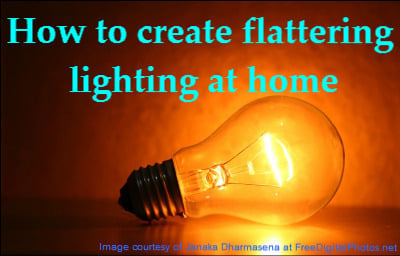
I mentioned in the About Us section of my website that I grew up with an architect and interior designer and do not, therefore, underestimate the importance of good lighting to the overall effect of an interior. Designers take great pains to ensure that the lighting is carefully planned and thought-out as an integral part of their scheme.
A few reasons, to begin with, why flattering light is important:
- Firstly, good lighting can hide a multitude of furnishing and flooring blemishes. Do you have wonky Ikea shelves, a slightly scruffy sofa or carpet past its best? Bad lighting is going to draw attention to all of these flaws, but careful lighting can draw the eye away from them.
- Soft lighting with a warm glow can help people feel more relaxed. Think about the difference between dining in a fast food restaurant or your local Italian trattoria – one encourages you to eat up and get out, the other encourages you to linger over another glass of wine and to order dessert to prolong your evening out. When you have guests in your house you want them to feel at ease too.

Image courtesy of stockimages at FreeDigitalPhotos.net
Of course, if you are having your house rewired, there are all sorts of high-tech lighting options available to you (budget allowing). A couple of things that I have lived with and loved are:
(1) At my parents’ previous home, all of the table lamps in the sitting room could be switched on and off from a single wall switch, as well as at the lamp – it was a quick and painless way to create lovely soft lighting.
(2) When I had electrical work done at my old flat, I had a dimmer switch added to the bathroom lighting. This was a joy because I had lovely strong down-lighting for when I was doing my make-up but could have a relaxing bath with low lighting, at the twist of a switch. I would now, in fact, include dimmer switches in several rooms (from sitting room to bedroom, given the opportunity).
There are, however, things you can do at home, without calling in the electrician.
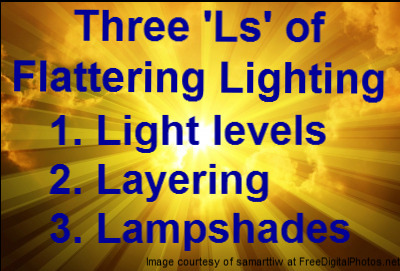
Light levels
Think simply about the wattage of bulbs that you are using. Harsh light flatters nobody. Try having more lights with lower wattage bulbs and don’t automatically reach for the clear bulbs - think about using bulbs with a soft blush tint, which are flattering to all skin tones.
Downlighting (small bulbs recessed into the ceiling) are very popular, but I would always reserve them for functional areas, such as kitchens and bathrooms. I want to see what I am doing while I am cooking and I don’t want to look as if I have put on my make-up in the dark (even if I would prefer to always see my face in soft focus). In other rooms of the house, nobody wants to feel as if they are in an operating theatre! The exception to this is when they are used for the highlighting of features – such as directional lighting on paintings.
Layer your lighting
What do you do in a particular room? Consider this when considering your lighting.
I wonder how much you use your overhead pendant light in the living room or bedroom? I use mine only for the length of time it takes me to switch on the table lamps. If the light from above is too strong it produces harsh light and stark shadows.
Think about your living room, for example. What do you use it for?
- Relaxing
- Watching TV
- Socialising with friends
- Reading
Think about layering light for these different activities. Of course, if you use your living room for reading, or perhaps even working, you will need a stronger light. Consider, however, having a strong directional light, such as an angle-poise, which will produce strong lighting where you need it but does not necessitate flooding the whole room with blinding light.
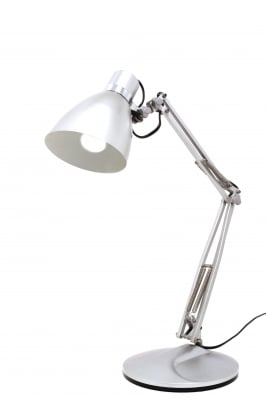
Image courtesy of blackstock at FreeDigitalPhotos.net
If you have several points of light throughout the room, with different bulbs and wattages, you can create different lighting for different occasions. A really great way of doing this is by combining standard lamps with table lamps. Now, standard lamps may conjur up granny’s living room, but there are some really cool modern versions out there now. I particularly like oversized angle-poise lamps.
Lighting is flattering if it is placed at face level, so table lamps are ideal, particularly if you follow the guidelines on shades below.
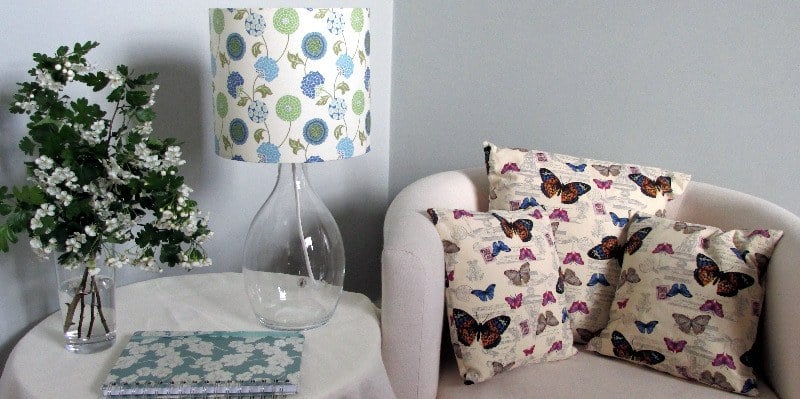
Lampshades
Lampshades can have a tremendous effect on the strength, tone and overall effect of the lighting. It is all too easy to reach for a simple white or cream shade but you might find that a colour shade can be more flattering.
You will find that when I photograph lampshades for my website, I include an image with the lamp switched on. This is important as some shades look quite different when the lamp is on or off. (This shade, for example, looks very subtle when switched off, but the feathers appear much more boldly when the light is on).
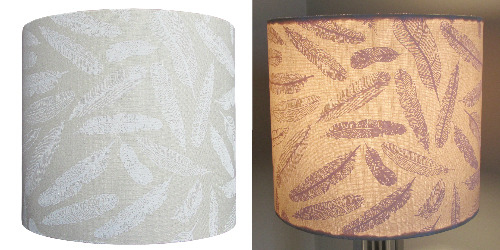
If you choose an opaque shade, it will cast light up and down rather than through the shade, which may give less light, but can also create a more flattering result. Although the shade below is not completely opaque, you will see how the light is dispersed at both the top and bottom of the shade.
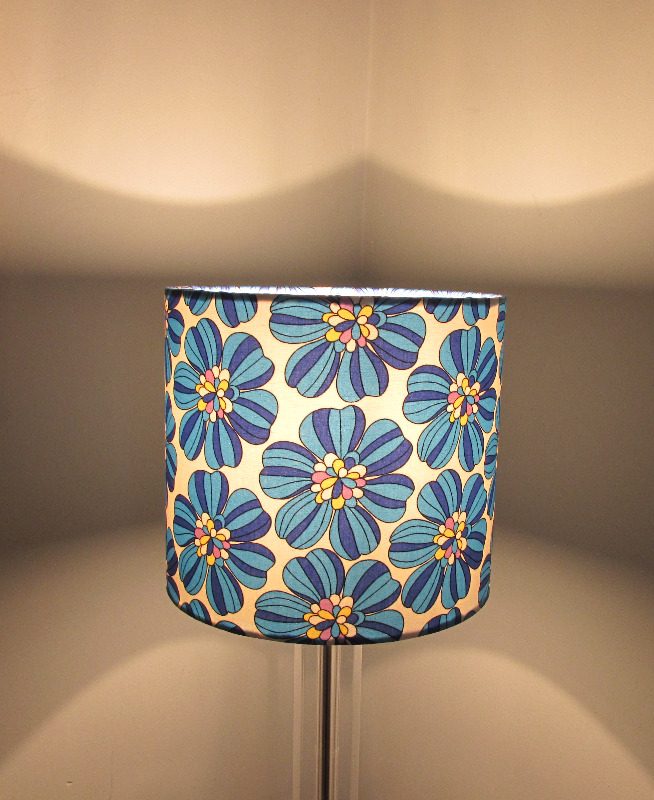
Deeper colour shades will filter the light and create a softer lighting effect.
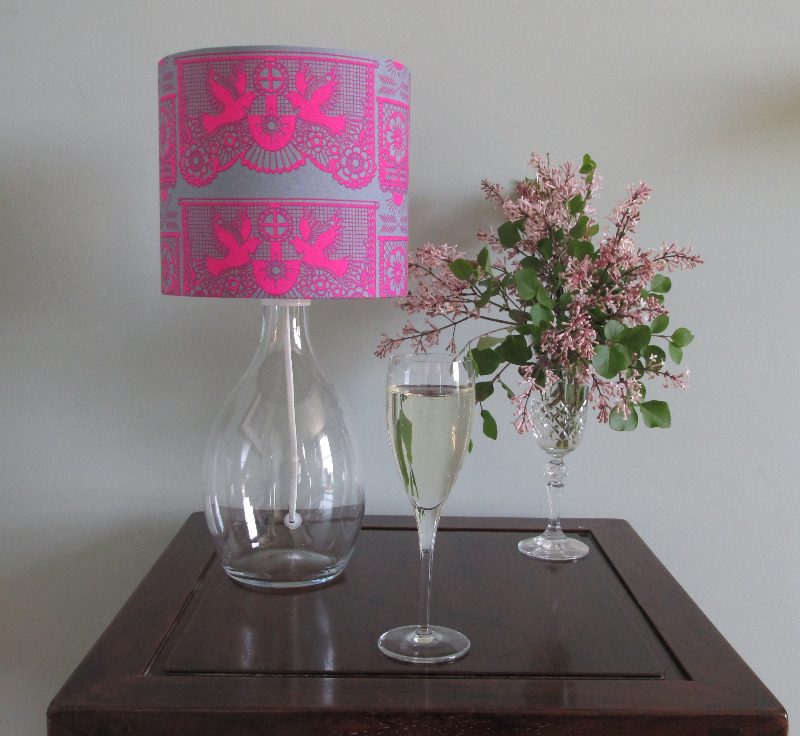
Choosing a bolder or more interesting shade also means that you can spend less on the lamp itself, because attention is directed towards the shade.
If you have any questions about creating flattering lighting, do not hesitate to get in touch via our contact us page.
I you would like to see more content like this, sign up to our blog at the bottom of this page.

Add a comment: